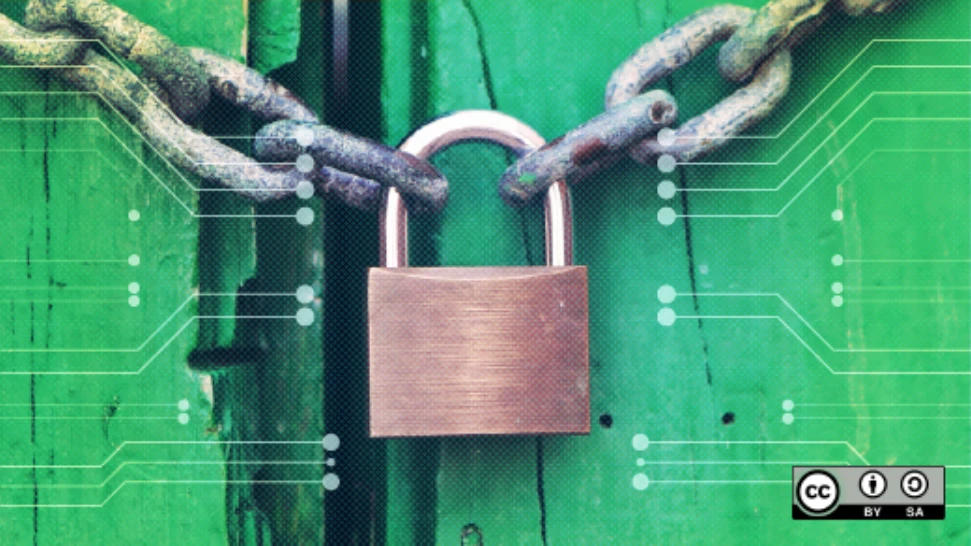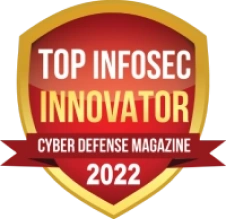What is Zero Trust Security
Zero Trust Security is a cybersecurity framework that operates on the principle of "never trust, always verify." Unlike traditional security models that assume trust for users and devices inside a network perimeter, Zero Trust continuously verifies every request, regardless of location or origin. This approach is designed to minimize security risks, prevent unauthorized access, and protect organizations from modern cyber threats, including ransomware, insider threats, and advanced persistent attacks.
At its core, Zero Trust Security eliminates implicit trust by enforcing strict identity verification, least privilege access, and real-time monitoring of network activity. Instead of relying on a single security perimeter, Zero Trust treats every access request as potentially malicious, requiring continuous authentication and authorization. This means that even if a user or device has been previously authenticated, additional verification measures may still be required based on factors such as device health, user behavior, and access patterns.
One of the key components of Zero Trust is identity and access management (IAM),which ensures that only authorized users can access sensitive data and resources. Multi-factor authentication (MFA) plays a crucial role in this process by requiring users to verify their identities using multiple authentication factors, such as passwords, biometrics, or one-time codes. In addition, Zero Trust enforces the principle of least privilege, which grants users only the minimum access necessary to perform their tasks, reducing the risk of lateral movement by attackers.
Another fundamental aspect of Zero Trust Security is micro-segmentation. This technique divides a network into smaller, isolated segments, preventing unauthorized movement within the system. If an attacker gains access to one segment, they are unable to move freely across the network, limiting the scope of potential damage. Micro-segmentation is particularly useful for protecting critical infrastructure, sensitive data, and cloud environments.
Zero Trust Security also incorporates continuous monitoring and analytics to detect anomalies and potential threats in real time. By leveraging artificial intelligence and machine learning, organizations can identify suspicious behavior, flag unusual access attempts, and respond to security incidents before they escalate. This proactive approach helps organizations stay ahead of evolving cyber threats and strengthens overall security posture.
With the rise of remote work, cloud computing, and sophisticated cyberattacks, Zero Trust Security has become essential for modern businesses. By eliminating blind trust and verifying every access request, organizations can significantly reduce their attack surface and enhance data protection. Implementing Zero Trust requires a shift in mindset, but its benefits in mitigating cyber risks and ensuring secure access make it a critical component of any cybersecurity strategy.
Key Principles of Zero Trust Security
Zero Trust Security is built on several core principles that redefine traditional cybersecurity approaches by eliminating implicit trust and enforcing continuous verification. These principles ensure that every user, device, and application accessing an organization’s network is authenticated, authorized, and monitored in real time. By adhering to these key principles, organizations can strengthen their security posture, prevent data breaches, and reduce the risk of cyber threats.
One of the fundamental principles of Zero Trust is never trust, always verify. Unlike legacy security models that assume trust for users and devices within a network perimeter, Zero Trust requires continuous validation of identity, device integrity, and security posture before granting access. Every access request is scrutinized, ensuring that security is never assumed but always verified.
Another essential component of Zero Trust is least privilege access, which restricts users, applications, and devices to only the minimum level of access necessary to perform their functions. This minimizes the risk of unauthorized access and prevents lateral movement within the network. By enforcing strict access controls, organizations can reduce their attack surface and limit the potential damage caused by compromised credentials or insider threats.
Microsegmentation is another key principle that strengthens network security by dividing it into isolated segments. This prevents attackers from moving freely across the network if they manage to breach a single entry point. By implementing microsegmentation, organizations can restrict access to sensitive data and critical assets, ensuring that each segment has its own security policies and authentication requirements.
Zero Trust also relies on continuous monitoring and real-time threat detection to identify suspicious activity and potential security incidents. Advanced analytics, artificial intelligence (AI),and machine learning (ML) enable organizations to detect anomalies, flag unusual behavior, and respond to threats before they escalate. By continuously analyzing user behavior, device activity, and network traffic, Zero Trust Security provides proactive protection against evolving cyber threats.
Another key principle is device and endpoint security, which ensures that all devices connecting to the network meet strict security requirements. This includes verifying device health, applying security patches, and enforcing endpoint protection measures. If a device does not meet security standards, it is either denied access or placed in a restricted mode until compliance is achieved.
Lastly, encryption and data protection are critical elements of Zero Trust Security. All data, whether at rest or in transit, should be encrypted to prevent unauthorized access. By implementing robust encryption standards and securing communication channels, organizations can protect sensitive information from cyber threats, insider attacks, and data leaks.
By adopting these key principles, organizations can create a security model that is resilient, adaptive, and capable of defending against modern cyber threats. Zero Trust Security is not a one-time implementation but an ongoing strategy that evolves with emerging risks, making it an essential framework for today’s digital landscape.
Zero Trust vs Traditional Security Methods
Zero Trust Security and traditional security methods differ significantly in their approach to protecting organizations from cyber threats. While traditional security models rely on a perimeter-based defense, Zero Trust assumes that threats can come from anywhere—both inside and outside the network. This fundamental shift in mindset makes Zero Trust a more effective cybersecurity framework in today’s rapidly evolving digital landscape.
Traditional security models operate on the assumption that users and devices within a trusted internal network are inherently safe. This approach relies heavily on firewalls, VPNs, and intrusion detection systems to create a secure perimeter around corporate resources. Once a user or device gains access to the network, they often have broad privileges, allowing them to move laterally within the system with minimal restrictions. This model worked well in the past when organizations operated primarily on-premises, but it has become outdated with the rise of cloud computing, remote work, and sophisticated cyber threats.
Zero Trust Security, on the other hand, eliminates the concept of a trusted network and enforces a “never trust, always verify” approach. Every user, device, and application must continuously authenticate and prove their legitimacy before accessing any resource. Unlike traditional security, which assumes that everything inside the perimeter is safe, Zero Trust assumes that breaches can occur at any time, requiring constant verification and monitoring.
One of the biggest vulnerabilities of traditional security is implicit trust. If an attacker gains access—whether through stolen credentials, phishing attacks, or insider threats—they can move laterally across the network without additional authentication. Zero Trust mitigates this risk by implementing least privilege access, ensuring that users and applications are granted only the minimum permissions necessary to perform their tasks. If a hacker compromises a user account, their ability to navigate the network is significantly limited.
Another key difference is microsegmentation. Traditional security often relies on broad access controls that provide large groups of users with access to various parts of the network. In contrast, Zero Trust uses microsegmentation to divide networks into smaller, isolated segments, limiting an attacker's ability to move laterally. This means that even if one segment is breached, the rest of the system remains secure.
Continuous monitoring and adaptive security further set Zero Trust apart from traditional security. Traditional models rely on periodic security checks, making it easier for threats to go undetected. Zero Trust, however, continuously analyzes user behavior, device health, and network activity in real time. If unusual activity is detected, access can be restricted or revoked immediately, reducing the risk of data breaches.
With cyber threats becoming more advanced and organizations adopting hybrid work environments, Zero Trust Security provides a modern, proactive defense against cyberattacks. Unlike traditional security, which relies on outdated assumptions of trust, Zero Trust enforces stringent verification, making it a more effective and resilient cybersecurity model.






